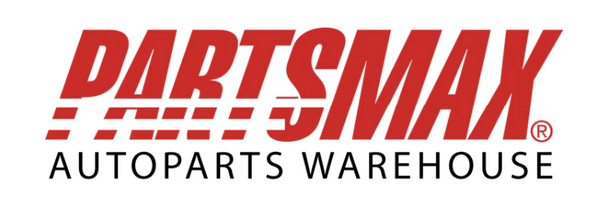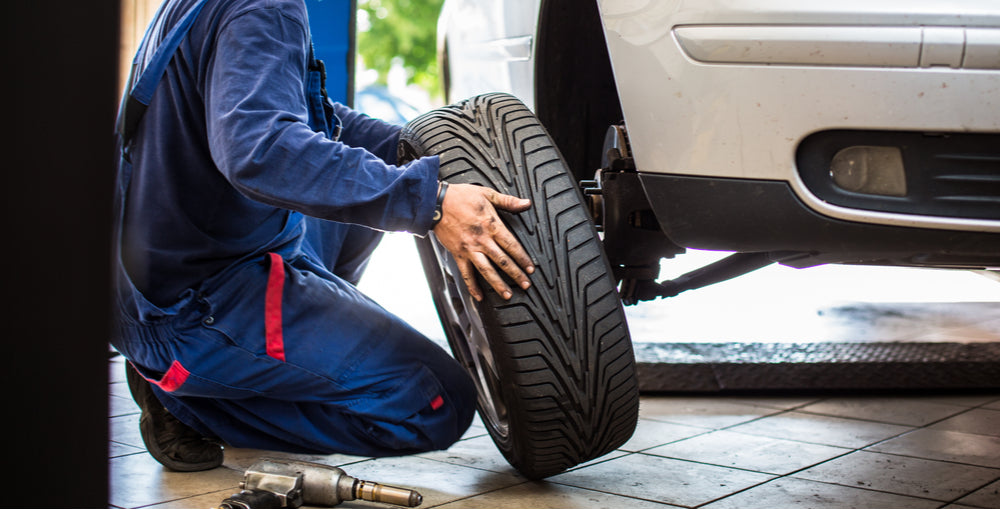
What You Need to Know to Upgrade Your Tires and Wheels
There are many reasons to upgrade your wheels and tires, and some of them can be life-saving. For starters, tire and wheel upgrades are a crucial part of regular maintenance, and failing to upgrade based on the schedule set by the manufacturer for this can compromise the safety of your vehicle considerably.
Other upgrades are done for very different reasons. Cosmetics are one, and these can improve the value of your car as well, not to mention the quality of your ride.
Some upgrades are about performance improvements, and the reasons for upgrading wheels and tires with this in mind can be all over the map.
Regardless of why you're doing a tire and wheel upgrade, though, you have to know your way through the process. What follows is a guide to upgrading your tires and wheels, touching on all the basics and focusing on how to choose wheels and tires.
Get the Basics Right
If you're simply replacing the tires as part of your regularly scheduled maintenance, the easiest choice is to just replace the tires with the exact same size and make.
If you're going for performance improvements, though, that's where things start getting interesting. There are plenty of choices if you're looking to improve tire quality, obviously, and you can also look for tires that specifically focus on improving your handling in wet or dry conditions.
When you go to do this, it's important to have your criteria set in advance. Start with your driving habits-are you a daily commuter? Do you do a lot of short trips running errands, or are you putting in mostly highway miles?
All of these will help you select the best tires for you, and if you go to a tire store or a dealer it will help the salesperson get you the right tire.
If you're doing a lot of highway miles commuting, tread life may be important to you, but keep in mind that tread life will vary greatly depending on weather, road conditions, age and condition of the vehicle, and so on.
Weather conditions can play an important role, too, especially if you're living in an area that gets a lot of rain or snow. Four-season tires may be more appropriate if you expect to do some driving in snow, while there are specialized wet-weather tires if you're in an area like the Pacific Northwest. You can also get tires that are specifically designed for mountainous conditions with plenty of winding roads, so knowing what you're going to be doing in advance is important.
The speed rating is less important, but it still matters to some extent. The speed limit in most areas will be 75 miles an hour, maybe 80, tops, so you can save a little money with a tire that's rated for a top speed of 130 mph instead of 150.
If you're doing performance driving, though, those speed rating numbers may matter. This kind of driving isn't common, but it may pertain to your situation.

The Road Contact Question
One of the biggest questions you need to answer is how much rubber do you need to increase road contact?
Why is this important? Because road contact increases power and grip, and that combination is important for both performance and safety.
When you got to upgrade, you can increase road contact by going longer or wider. If you go longer, the diameter of the tire increases, which is great in some instances, e.g., with a four-wheel-drive truck. On a regular passenger tire, though, it can cause all kinds of problems, the most obvious being the possibility of the tire rubbing with other parts of the car.
Going wider comes with a different set of tradeoffs. This, too, will increase the size of the contact patch, and it tends to work especially well if you increase the wheel diameter as well.
If you go wider with a lower profile, you'll get better handling in the process, but it's important to run all the numbers in advance.
Get the Right Information
Because there's so much crucial information involved in a tire and wheel upgrade, it's important to get good advice and recommendations. One way to do this is by contacting a local tire shop.
You can also call us at 304 691-1313, and if you're in South Florida you can visit us at our Miami office. The address is 3401 NW 73rd Street, Miami FL 33147, so stop by to get all your questions answered by qualified professionals.
For orders online visit our full catalog of aftermarket parts.

